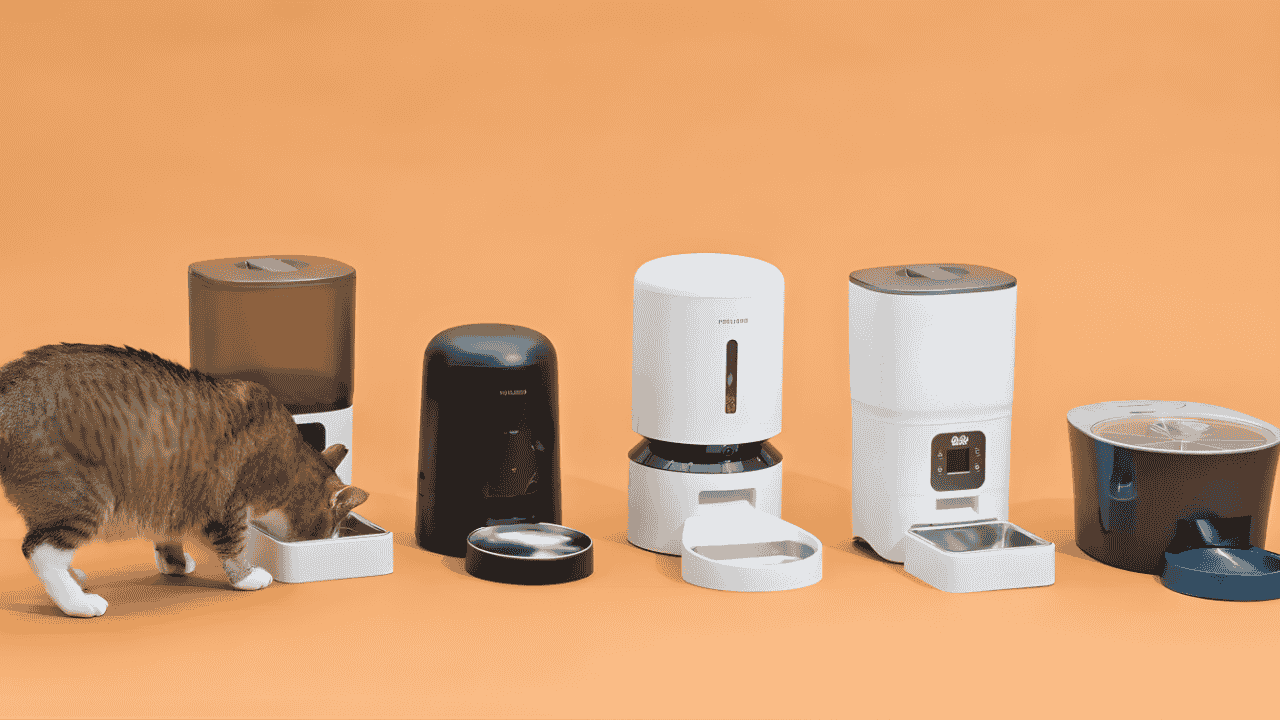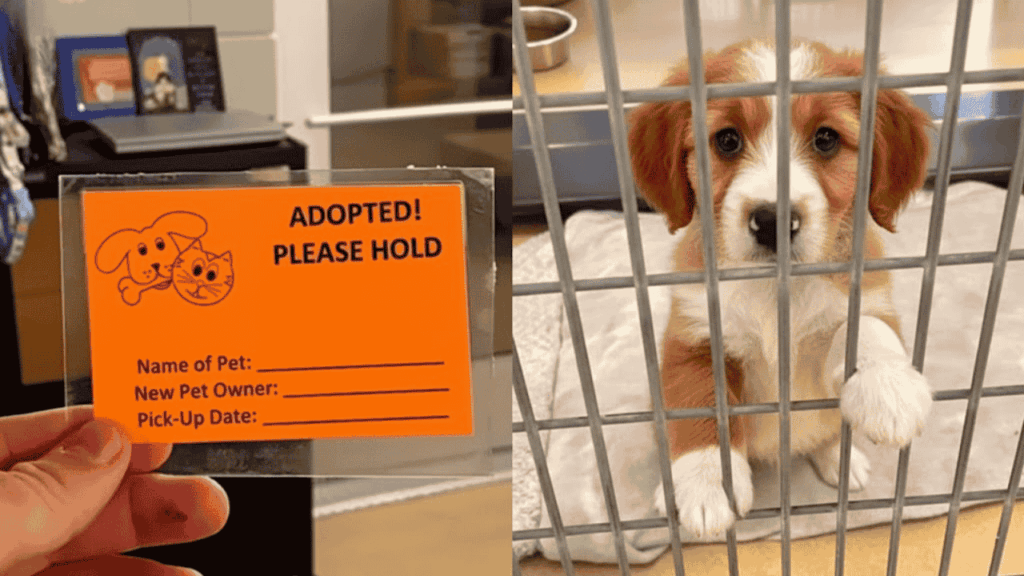As pet ownership continues to rise in the United States, dog owners are increasingly seeking solutions that make daily care more convenient and reliable. Busy work schedules, frequent travel, and the desire to maintain a healthy lifestyle for pets have created a demand for innovative products that simplify pet care. Smart dog feeders are one of the fastest-growing solutions meeting this need, combining technology with practical design to help owners manage feeding schedules, portion control, and nutrition more effectively.
These devices reflect a broader trend in pet care toward automation and health-conscious management. Just as humans are adopting smart home technology to monitor energy, security, and daily routines, dog owners are embracing tools that ensure their pets are fed on time, every time. The result is a healthier, happier pet and a less stressful experience for the owner.
How Smart Dog Feeders Work
Smart dog feeders are designed to automate and streamline the feeding process. Most devices connect to a smartphone app, allowing owners to schedule meals, adjust portion sizes, and monitor their dog’s eating habits remotely. Some feeders even feature built-in cameras and microphones, giving owners the ability to interact with their pets in real time, ensuring they are eating properly and are comfortable.
Portion control is a critical feature of many smart feeders. By accurately measuring each meal, these devices help prevent overeating, obesity, and digestive issues. This is especially important for dogs prone to weight gain or those with specific dietary needs. Additionally, smart feeders can store multiple meal plans, accommodating different pets or changing nutritional requirements over time.
For dog owners with busy schedules, smart feeders provide peace of mind. There is no longer a need to rush home from work or rely on neighbors for meal times. Instead, feeders deliver meals consistently and accurately, supporting a structured daily routine that promotes a pet’s physical and emotional well-being.
Health Benefits of Automated Feeding
Smart feeders offer significant health advantages for dogs. Consistent meal timing can improve digestion, energy levels, and overall metabolism. Dogs thrive on routine, and automated feeding ensures they receive the right nutrition at the right time.
Portion control also plays a major role in maintaining healthy weight. Obesity is a growing problem among pets in the U.S., leading to a higher risk of diabetes, joint issues, and heart disease. By regulating the amount of food dispensed, smart feeders help owners manage calorie intake without constant supervision.
Some advanced models include features that track eating patterns and alert owners to irregularities. Changes in appetite or feeding habits can signal health issues, allowing for early intervention. This data-driven approach represents a shift from reactive to proactive pet care, empowering owners to respond quickly to potential problems.
Convenience for Busy Lifestyles
One of the most appealing aspects of smart feeders is the convenience they provide. Modern pet owners often juggle demanding careers, family responsibilities, and personal commitments. Ensuring a dog is fed properly can be a logistical challenge, especially during long workdays or travel.
Smart feeders remove much of this stress by automating daily routines. Meals can be scheduled in advance, adjusted remotely, and monitored through apps. Owners can also customize feeding times for multiple pets, ensuring each receives the correct portion without conflict.
Traveling becomes significantly easier with a smart feeder. Whether for short trips or extended vacations, these devices provide a reliable solution to maintain a consistent feeding schedule. This consistency reduces anxiety in pets and prevents digestive disruptions, making both the owner and the dog more comfortable.
Integration with Holistic Dog Wellness
Smart feeders align seamlessly with the growing trend of holistic dog wellness. Holistic care emphasizes nutrition, balance, and preventive measures to promote long-term health. Automated feeding ensures dogs receive balanced, measured meals on schedule, complementing other wellness practices such as exercise, mental stimulation, and alternative therapies.
For owners following specialized diets—such as raw, grain-free, or portion-controlled meals—smart feeders provide precise management without requiring constant supervision. This technological support allows holistic pet care to be more practical and sustainable in a modern lifestyle.
By integrating smart feeding with other wellness routines, owners can create a comprehensive care plan that supports physical health, emotional well-being, and optimal energy levels. This combination of technology and holistic principles represents a new era in pet care, where convenience and health-consciousness work hand in hand.
Choosing the Right Smart Feeder
Selecting a smart feeder requires careful consideration of a dog’s size, diet, and daily habits. Features such as programmable portions, remote monitoring, and compatibility with specific diets can greatly influence which device is most suitable.
Durability and ease of cleaning are also critical, as hygiene is a key component of pet health. Some models offer multiple compartments, allowing owners to store dry kibble, wet food, or even treats separately. Others provide portion alerts and integration with other smart devices, such as voice assistants, to further enhance convenience.
Investing in the right feeder ensures consistent nutrition, supports health goals, and reduces the stress associated with feeding multiple pets or managing complex dietary requirements. For many pet owners, this single device can transform the daily routine, offering both peace of mind and practical benefits.
The Future of Smart Dog Care
The smart pet industry continues to innovate rapidly. New models are integrating advanced features such as AI-powered portion adjustments, nutritional tracking, and health analytics. Some feeders can sync with wearable devices to monitor activity levels, adjusting meal portions accordingly to maintain optimal weight and energy.
As technology becomes more sophisticated, the potential for smart feeders to contribute to preventive health grows. Data collected from feeding patterns can help veterinarians make informed decisions, identify early signs of illness, and create personalized nutrition plans. This combination of automation, data, and wellness represents a shift toward a more proactive, science-driven approach to pet care.
The popularity of smart feeders also reflects broader societal changes. Americans are increasingly seeking solutions that save time, reduce stress, and enhance quality of life—not just for themselves but for their pets. By integrating technology into daily routines, pet owners can ensure their dogs receive consistent care, even amidst busy lifestyles.
A Smarter Approach to Dog Care
Smart dog feeders are more than a convenience—they represent a fundamental shift in how Americans approach pet care. By automating daily feeding, providing precise portion control, and integrating with modern technology, these devices allow pet owners to maintain consistent nutrition while supporting overall health and wellness.
The combination of convenience, health benefits, and compatibility with holistic care practices makes smart feeders an essential tool for modern dog care. As technology advances and pet wellness continues to grow in importance, smart feeders are likely to become a standard feature in homes across the country, redefining the way dogs are cared for and ensuring happier, healthier lives for pets and their owners alike.







